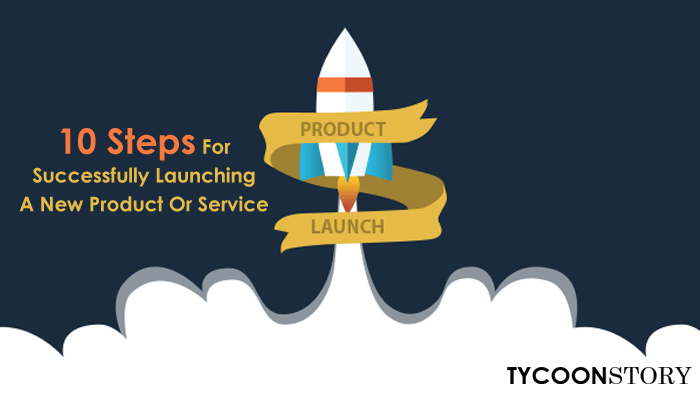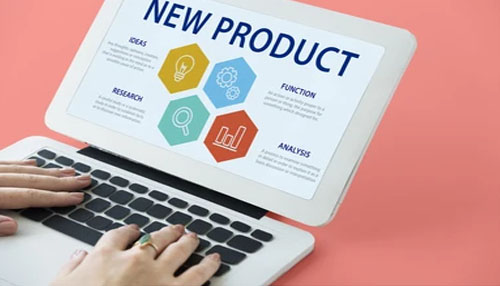Launching a new product or service isn’t what it used to be. In the “good old days,” you could hire a PR agency to craft a press release and set up a press tour. Before the big launch date, you would hit the road and meet with reporters from all the important press outlets. Then, on launch day, you could sit back and watch the articles roll in. In those days, reporters might even spend a few days fact-checking and talking to customers before filing their stories.
For good or bad, those days are gone. Today, the pace of news is limited only by the speed of light. The new media landscape incorporates far fewer major outlets; rather, it is made up of a smaller number of slimmed-down publications and an inordinate number of specialist bloggers. Getting “ink” might be easier, but paradoxically, getting attention has become extremely difficult. And the attention you do get is forgotten within minutes as the unceasing flow of even “newer news” pushes your announcement out of the collective mind share.
New tactics are required to get the notice you deserve. So here are some steps for a successful launch in these fickle times:
1. Start early.
Don’t expect reporters to write about you when you want. Get a head start and begin preparing long before you plan to launch. A rolling launch is a great way to keep the conversation going. Start your outreach activities 6–8 weeks before the official launch date and then keep the news going up to and beyond the official launch date. The steps below describe how to do this.
2. Make the product or service available to important influencers as a first step.
Influencers can be friendly customers, prospects, or even bloggers who have a sizable online presence. Encourage these people to use your product or service and then write review articles or posts. These folks are also great resources to talk to analysts about your offering pre-launch.
3. Brief industry analysts
During this early phase as well,. Scheduling calls with these folks takes time so do this early. Invest the time to write compelling briefing requests. These guys are busy, so you will want to make sure your meeting request clearly states why it is worth their time to hear about your offering.
4. Seed the social space with “leaks.”
Target people who are naturally eager to learn about your offering. For example, ‘coming soon’ tweets and ‘leaked’ photos of your product create an aura of intrigue that builds interest. Apple is a master of this technique.
5. Don’t expect a “big bang” release
Unless your product or service is truly revolutionary, or if you are Microsoft or Apple,. Unless you have a massive launch event planned, the official launch date should only signify the day your product is available.
6. Keep the release rolling.
You don’t know when reporters will have time to write, so give them some opportunity to write about the offering after the official launch date. Continue to produce fresh news like announcements concerning novel uses of the product, customer stories, details about how the offering provides a return on investment (ROI) to customers, etc.
7. Do something unusual
During the release cycle,. Some examples include creating a funny video, doing a stunt centered around an industry event, publishing a survey that supports the value of your product, or creating an interesting infographic that describes the need for your product. For example, I created a mock public service announcement (PSA) website for a recent product launch that warned of the ‘dangers’ of using our new mobile product while walking. The irony created an enormous buzz around the launch and even led to a huge spike in free product downloads. You can check it out here.
8. Get partners involved.
Channel and marketing partners who have a financial stake in the success of the launch are natural allies. The more people who are talking about the release, the better chances are that it will get picked up.
9. Make it easy for people to learn more about your product
With free trials, downloads, product videos, and demos.
10. Ignore the elements of the launch that do not drive business.
Unless your offering appeals to a mass consumer audience, don’t focus on the number of Facebook likes and Twitter followers you collect. Rather, use these social channels for more meaningful engagement. See who is talking about your offering online, and then contact them. See how these folks can help you further promote your offering within their social circles.
One company that has been doing a great job of creating a rolling launch is RIM with its new Blackberry 10 announcement. A video with their CMO describing the strategy can be viewed here.
I would love to hear other innovative ideas for creating attention around product launches.
Article Originally Written By: Dlavenda.



